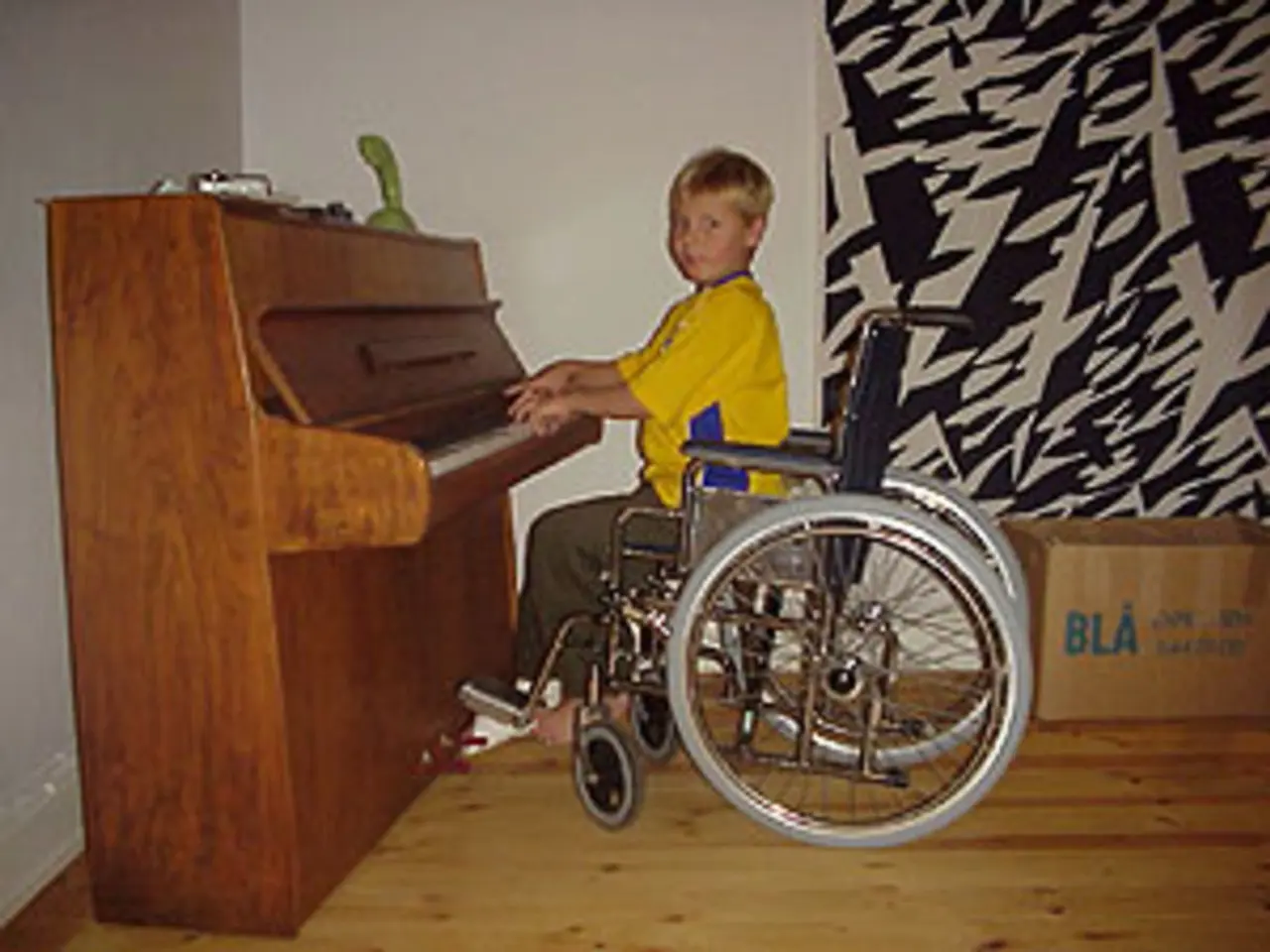Understanding Autism Spectrum Disorder: Symptoms and Evolution Across Ages
Autism Spectrum Disorder (ASD) is a neurodevelopmental condition that affects communication, social interaction, and behaviour. The Diagnostic and Statistical Manual of Mental Disorders, Fifth Edition, Text Revision (DSM-5-TR) categorises ASD symptoms into two main areas: communication and social interaction, and restricted or repetitive patterns of behaviour or activities.
ASD symptoms in adults often differ from those in children. Adults may experience increased social exhaustion, a stronger need for structure, and heightened sensory sensitivities. However, they may also have developed coping strategies or exhibit these symptoms more subtly in social or work environments. Typical childhood symptoms like repetitive movements (stimming) and difficulties with social codes may persist.
Autistic children might also display signs of hyperlexia, which involves reading beyond what's expected for their age. Symptoms of ASD typically become evident between 12 and 24 months but can appear earlier or later. These symptoms can include issues with communication, such as trouble maintaining eye contact, not responding to their name, and limited speaking skills. Additionally, ASD involves symptoms related to body movements and behaviours, like repetitive movements and obsessive interests. To be diagnosed with autism, a person must experience symptoms in both categories. Early symptoms may include a marked delay in language or social development. Some autistic people might also experience additional symptoms, including delayed movement, language, or cognitive skills, seizures, and gastrointestinal symptoms.
ASD is a complex condition that affects individuals in various ways. Understanding its symptoms and their manifestations across different age groups is crucial for early identification and support. The DSM-5-TR's categorisation of ASD symptoms into two main areas helps in recognising and addressing the diverse needs of individuals on the autism spectrum.
Read also:
- Rise in Flu Cases: Timing and Reasons Explored by Medical Experts for Flu Vaccination
- Nursing Infants: Advantages, Factors to Ponder, Guidelines, Essential Gear
- Anticipated Increase in Uninsured Residents to Pose Challenge for Local Healthcare Infrastructure
- Accusations of poor care and supposedly poor hygienic standards at LaSalle Hospital






